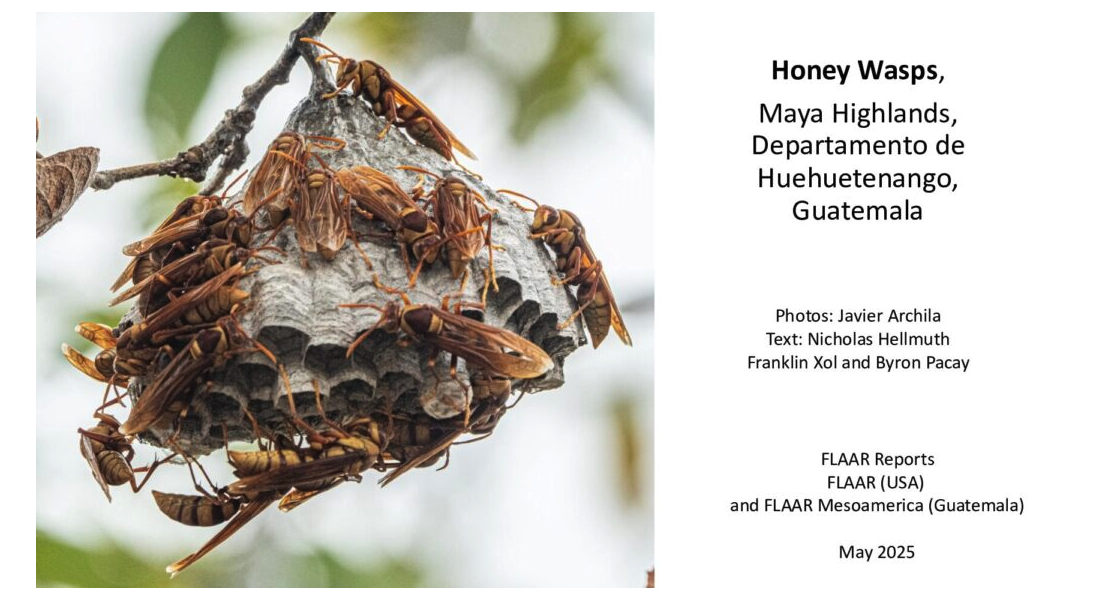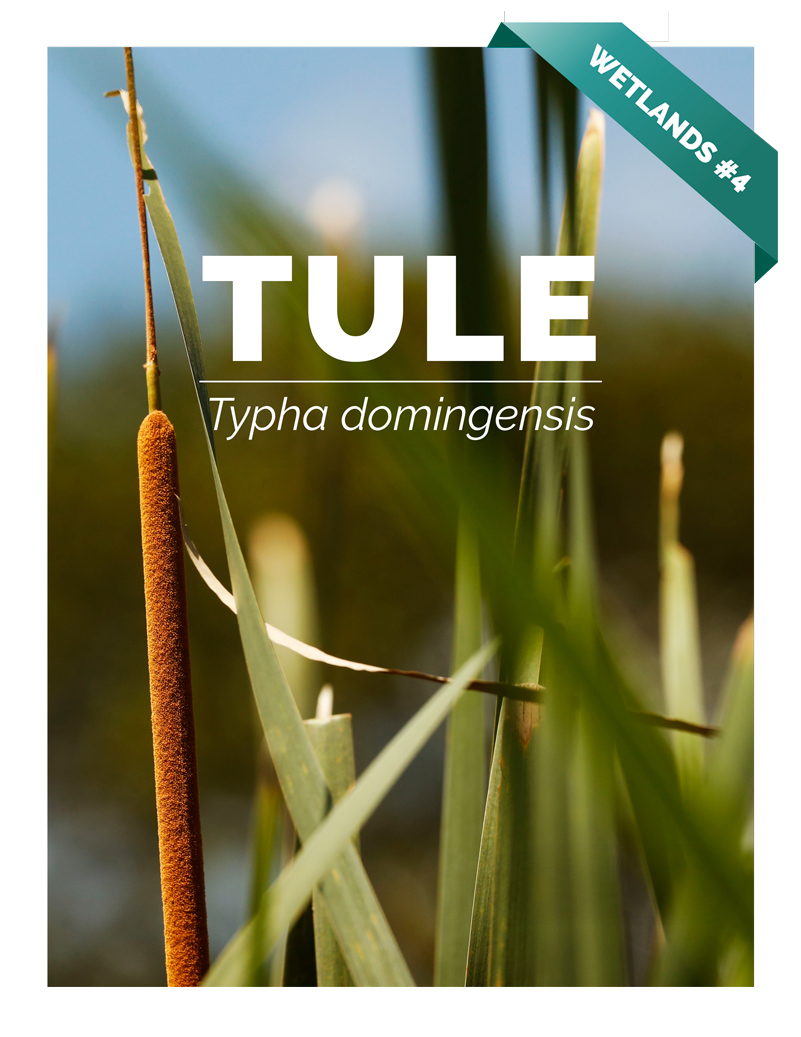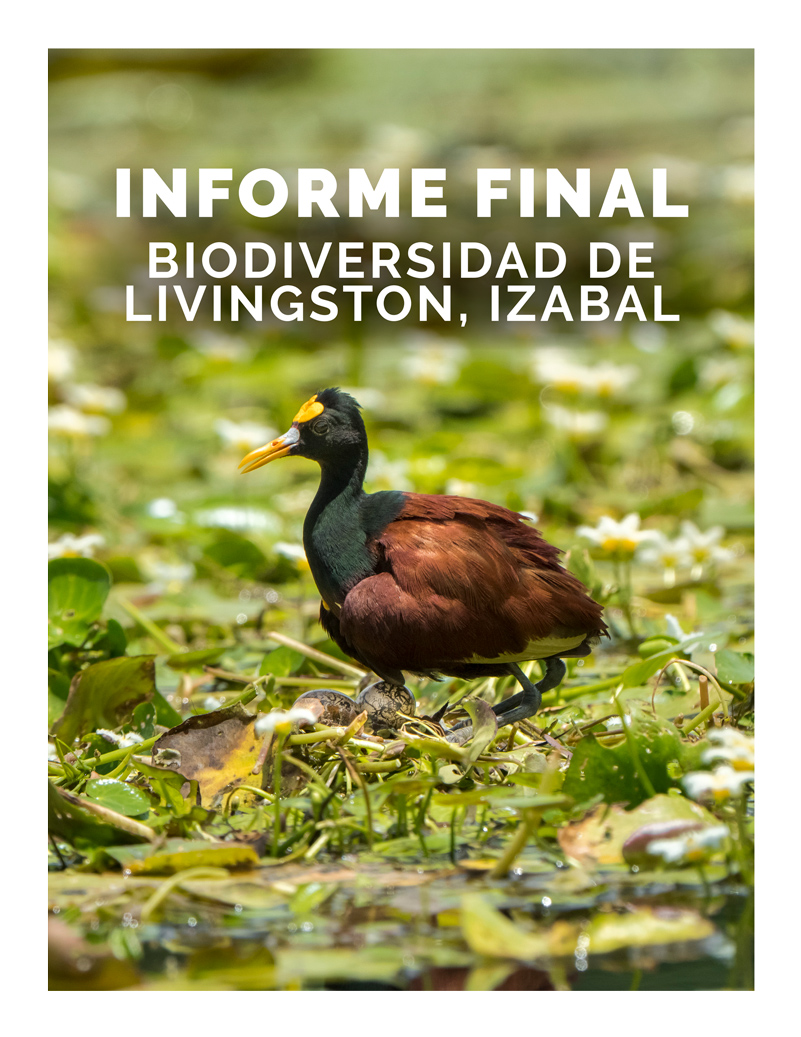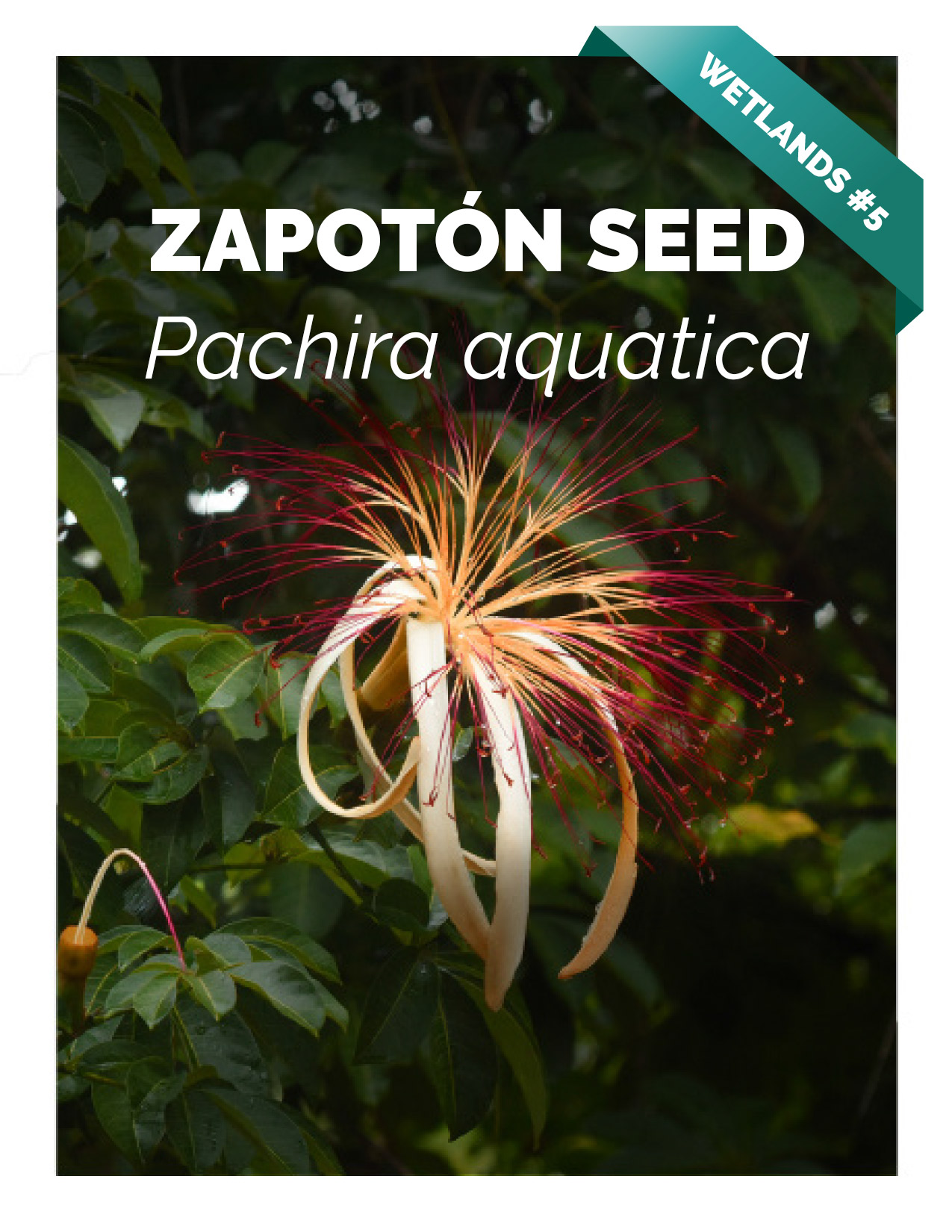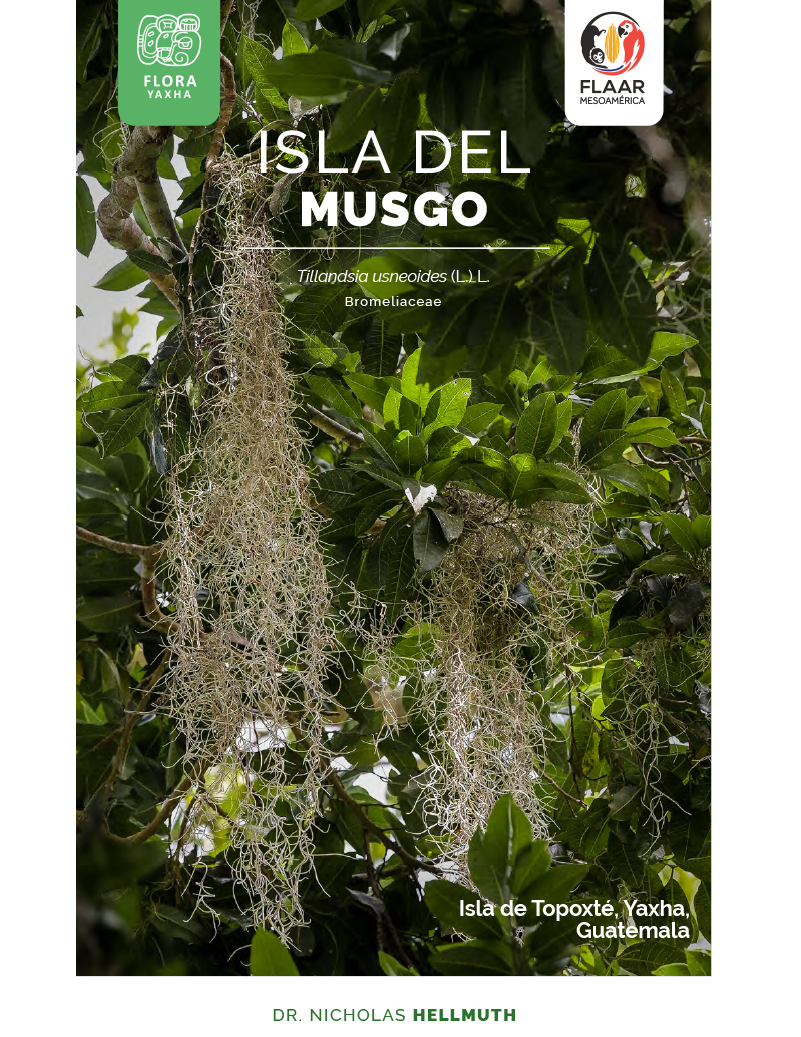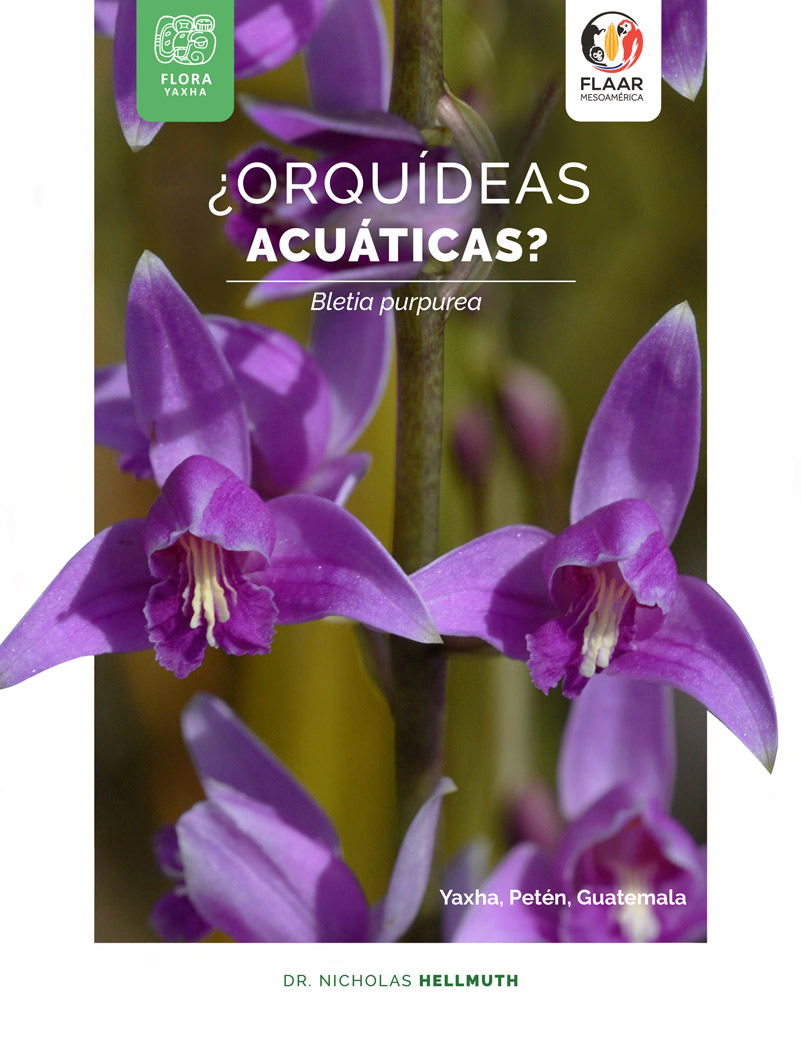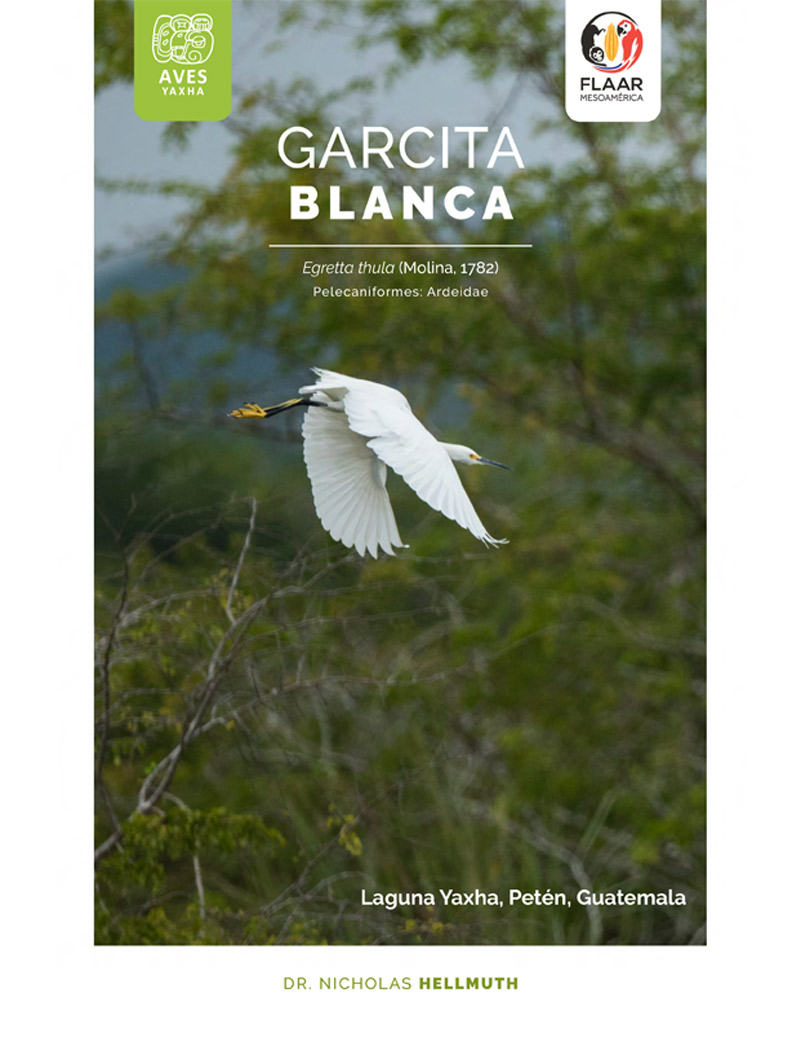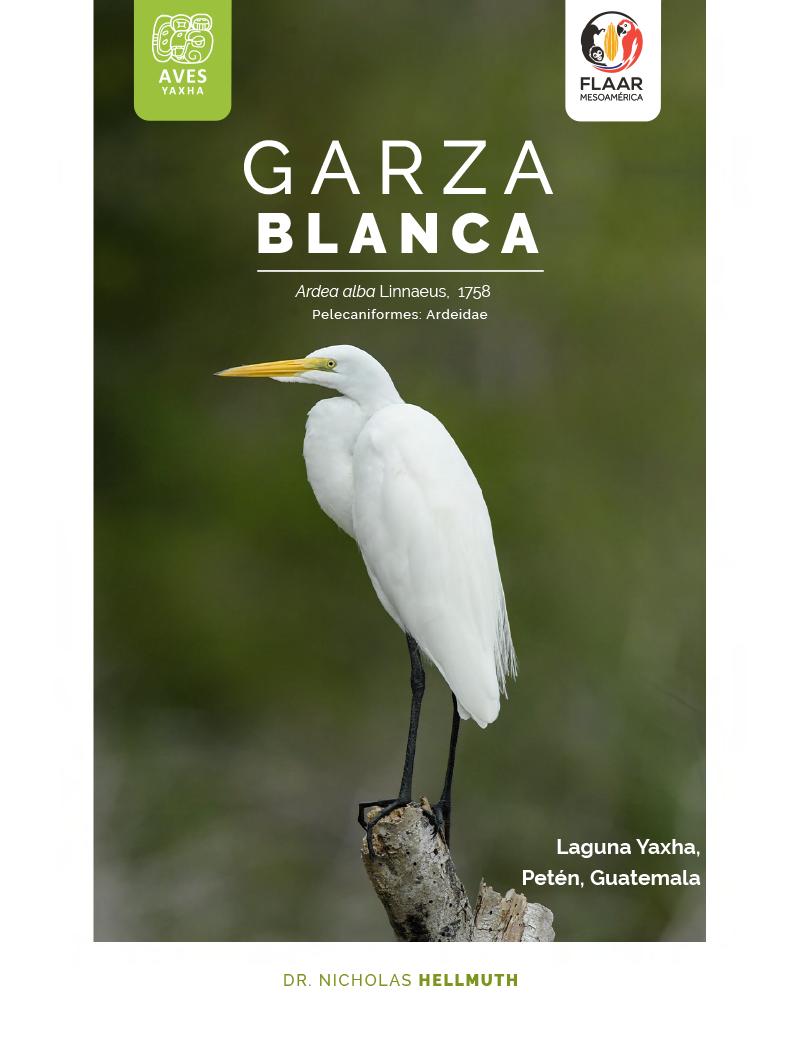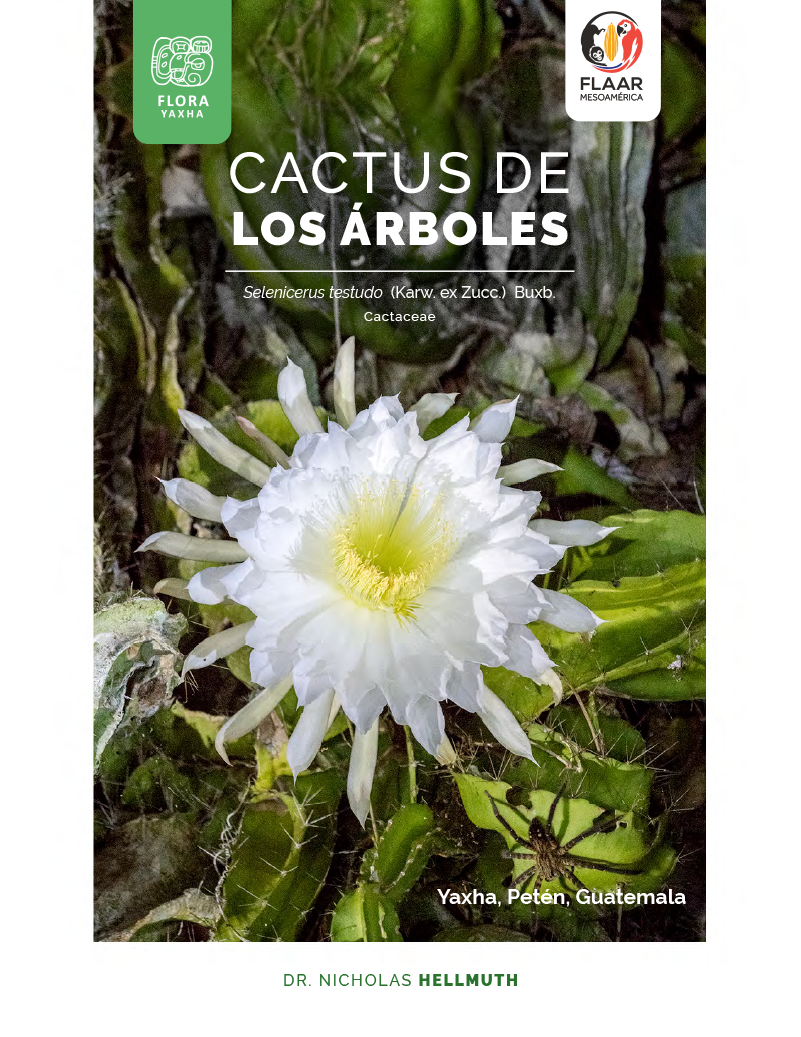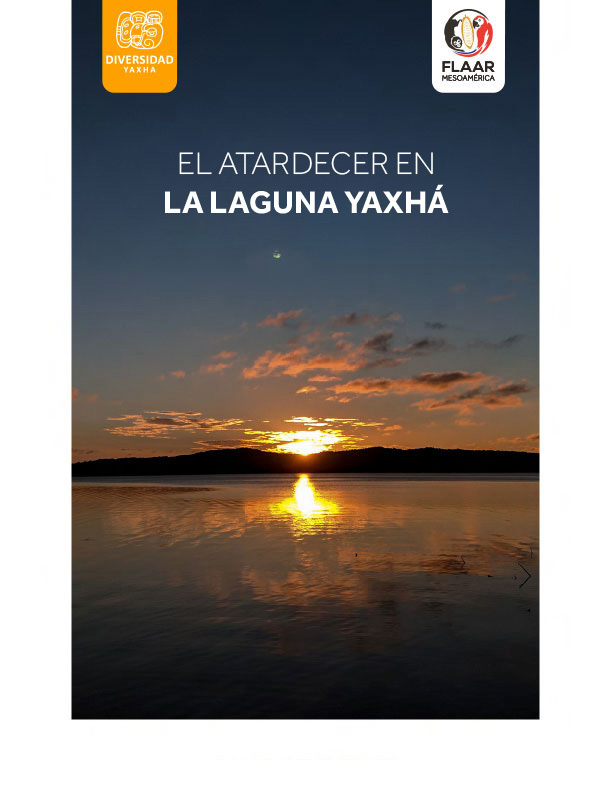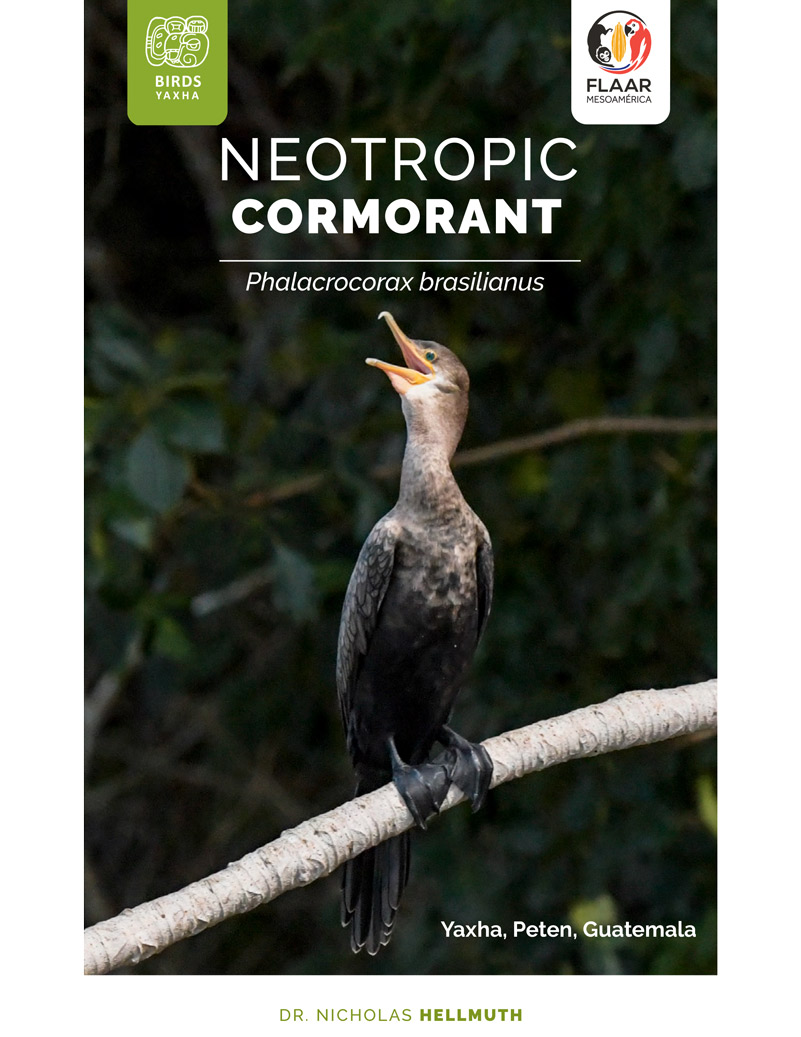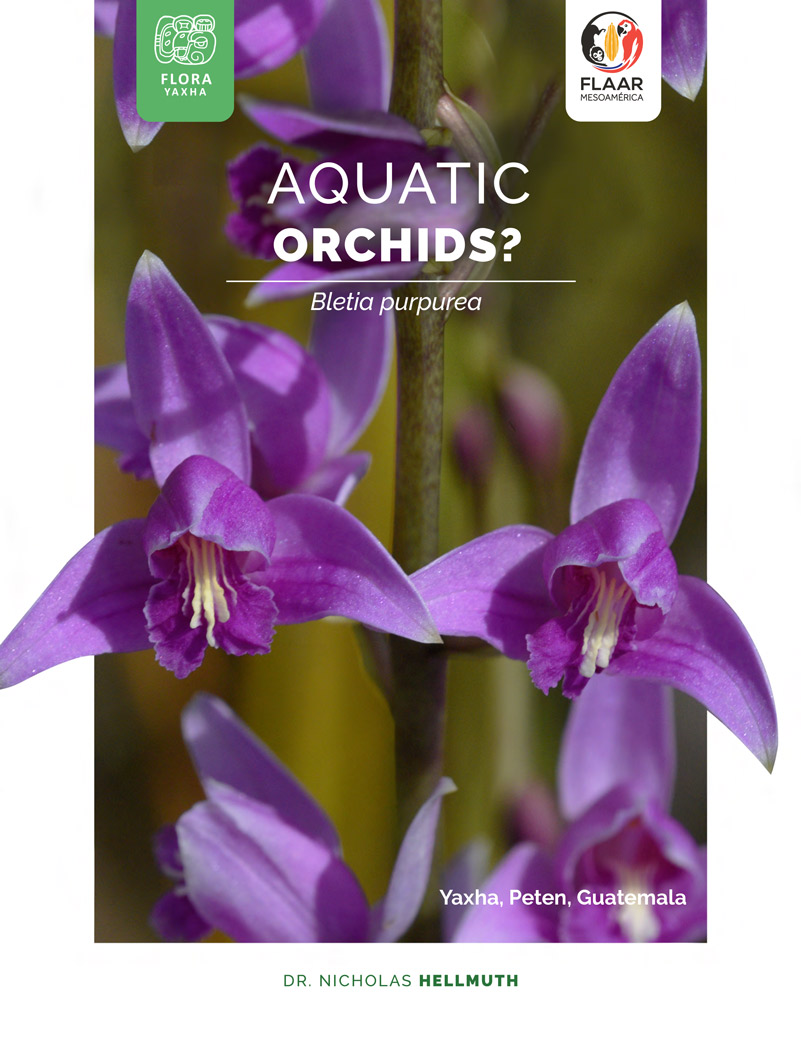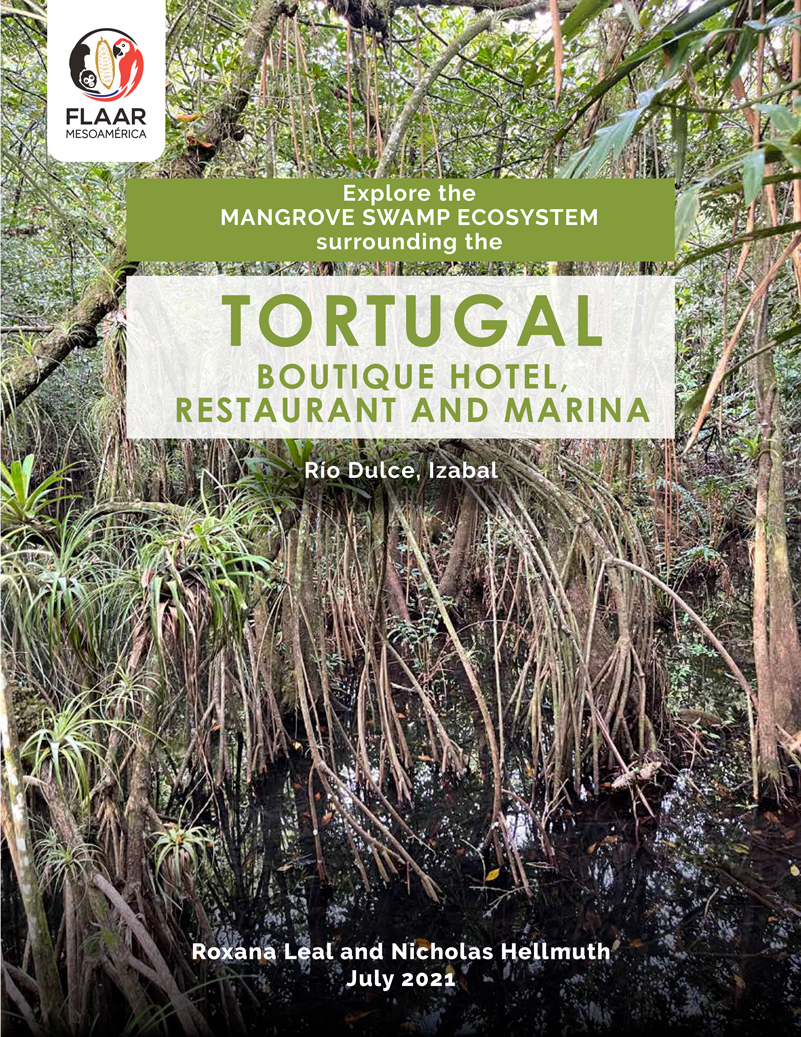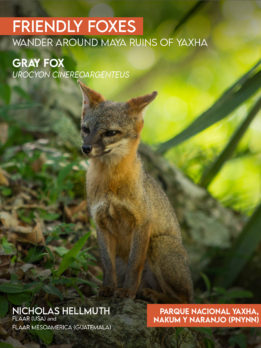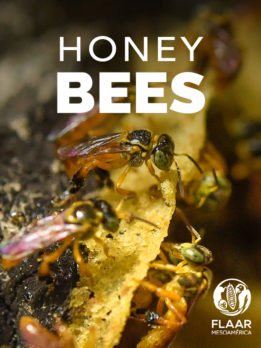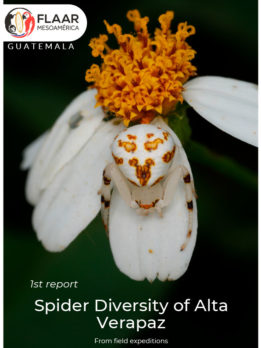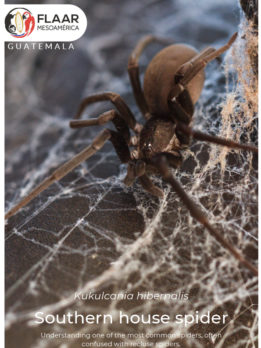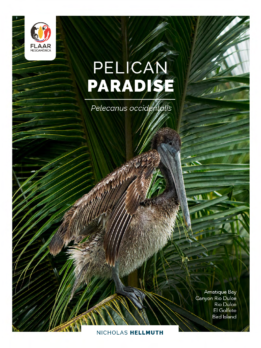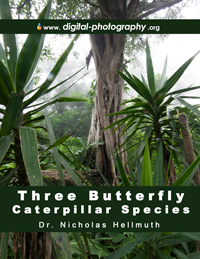Several years ago I learned that there are wasps in Guatemala that make edible honey. At first I found only the Mexican Honey Wasp in the Internet. But gradually, week after week of research, I learned that there are many different genera and species that make edible honey in Guatemala and across Mesoamerica. Honey wasps go as far north as Texas and nearby, and probably exist in South America.
Since there are so many wasps that make honey in Guatemala, I wanted to find these and photograph their nests, so we undertook two field trips to the Senahu-to-Cahabon area of the mountains and cloud forests of Alta Verapaz. Then the team accomplished a field trip to several areas of the departamento de Huehuetenango where local Maya people helped the team find honey wasps. That is the report we present below.
Then in late May the team went to the Heloderma nature reserve area of the departamento de Zacapa, and with the help of Gilberto Salazar found and photographed lots of nests of honey wasps (including the Mexican Honey Wasp but also lots of other species).
Week by week we will be publishing more FLAAR Reports on wasps that make edible honey. Local Maya people also eat the larvae and some eat the actual nest. There is a video of local Maya eating the eggs in the honeycomb (before they turn into larvae). Miguel Babo shows himself and his family eating the wasp nest with the wasp eggs.
Honey Wasps, Maya Highlands, Departamento de Huehuetenango, Guatemala
It will take further field work and library research to identify each species, and to learn how many of the wasps that we photographed in Nenton and nearby areas of Huehuetenango actually make honey. But I estimate over 75% are honey wasps. As soon as a wasp entomologist contacts us (This email address is being protected from spambots. You need JavaScript enabled to view it.) we will update all our reports with the entomologist mentioned in each caption plus listed on the front cover as co-author.
My interest for over half a century is to find all the edible flora and fauna of the Maya areas of Mesoamerica, to document all that was available to the Classic Maya to eat without needing slash-and-burn milpa agriculture. The Preclassic and Classic form of Maya agriculture was balanced with obtaining edible plants and animals and insects that surround their homes—and require no destructive agriculture. It is long known that the Maya ate wasp larvae, but the next edition of “The Maya” or “The Classic Maya” should include mention of edible wasp honey, edible wasp nests, in addition to wasp larvae. And that the nest could be eaten with the eggs, before the larvae came out of the eggs.
We also have a web page on wasps that are pollinators of flowers.
And a web page on the remarkable size and shape of giant wasp nests of Yaxha, Izabal and elsewhere.
Posted June 9, 2025 by Nicholas Hellmuth


